Open City / Rome, Open City (1945)
“It’s not hard to die well. The hard thing is to live well.”
|
Synopsis: |
|
Genres, Themes, Actors, and Directors:
Response to Peary’s Review: He describes the story as “set in Rome during the height of Nazi power, when [a] Gestapo leader [Harry Feist] makes a concerted effort to weed out members of the underground,” specifically “those who try to avoid detection: a kindly priest (a wonderful performance by Aldo Fabrizi)”: … “a resistance leader [Marcello Pagliero]”: … “a young boy [Vito Annichiarico], and the man [Francesco Grandjacquet] who is about to marry the boy’s mother (Anna Magnani).” He points out that “the girlfriend [Maria Michi] of the resistance fighter falls under the drugs-money-lies spell of a lesbian Gestapo officer [Giovanna Galletti]”: … “and helps set a trap that nets the Nazis both the resistance leader and the priest,” leading to a “devastating sequence” in which “the Gestapo leader, who’s much like the Bela Lugosi maniac that Hollywood typically cast in such roles, tortures the resister while forcing the priest to look on.” Peary notes that “of course, this picture is an attack on the Nazi mentality as well as on collaborators who had no idea of the agony they caused.” However, “it is also a tribute to those political prisoners who withstood Nazi torture stoically, the members of the resistance, those simple but quick-thinking people who risked their lives to help the underground, and the children who played an essential part in the movement when few men were left in the city.” Peary notes that while “there are many powerful scenes,” his “favorite moment is tender, when the boy hugs his would-be stepfather before going to sleep — he is still a child.” Quite a bit has been written and discussed about this formative Italian movie, which remains a remarkably potent film about resilience in the face of persistent evil. The movie’s most famous sequence — involving Magnani running down a street as her lover is taken away — packs a visceral punch to the gut like few other movie moments I can recall: (Try watching it a few times and you’ll see what I mean — it’s never not heartbreaking.) Speaking of Magnani, she brings earthy zest and pragmatism to her role as a pregnant widow whose hopes for marriage are put on hold: … while former comedic actor Fabrizi is unexpectedly poignant in a central role that allows him to portray the full complexity of a priest committed to both his religious beliefs and his political convictions. This fine film remains well worth a look. Notable Performances, Qualities, and Moments:
Must See? Categories
(Listed in 1001 Movies You Must See Before You Die) Links: |
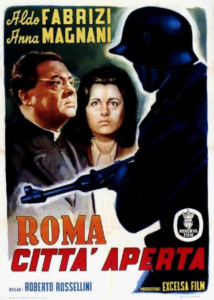
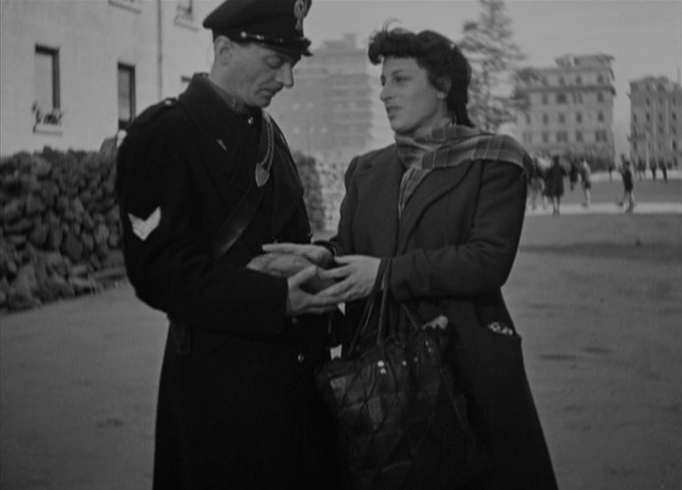
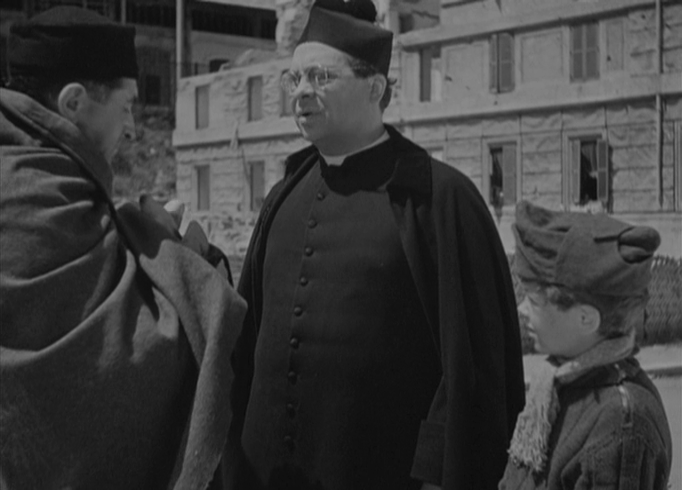
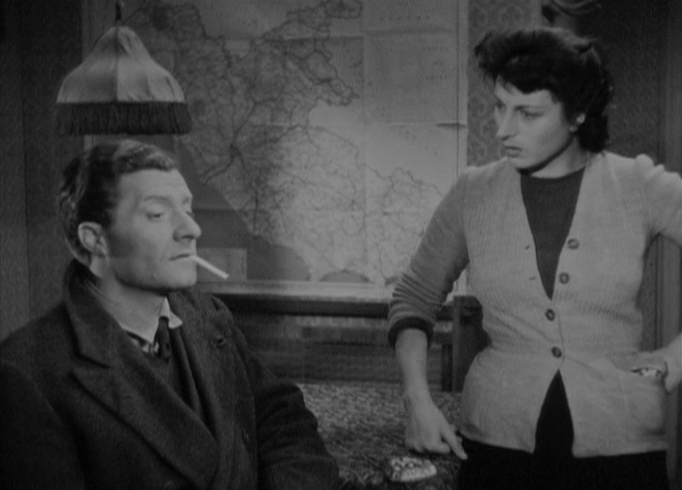

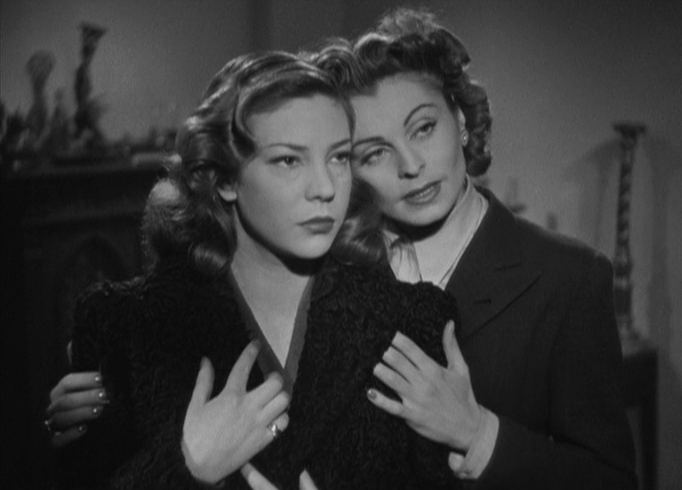
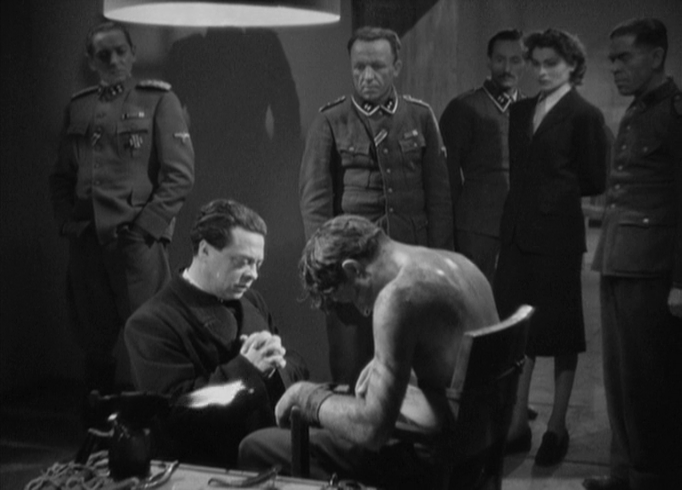
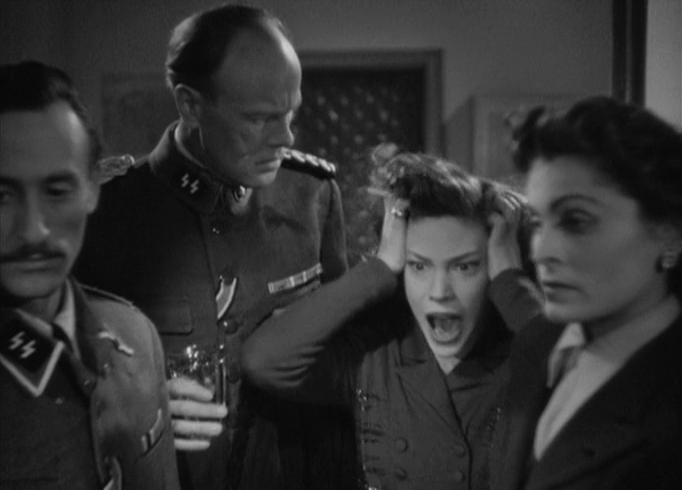
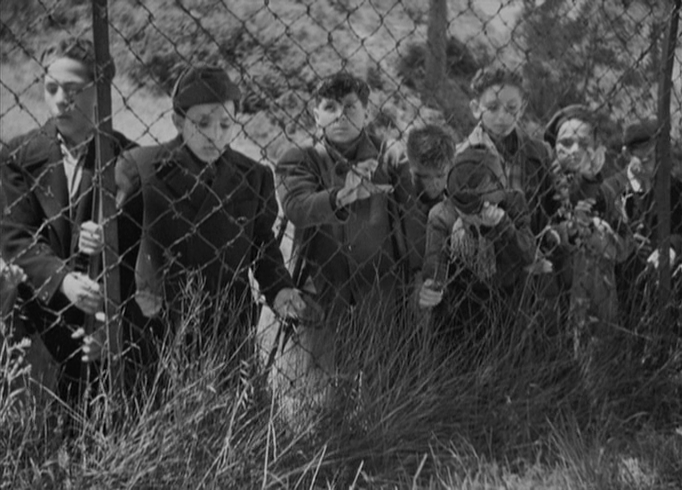
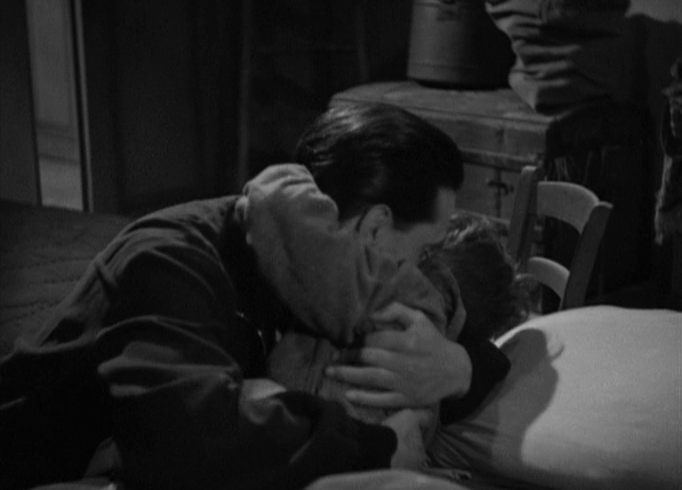


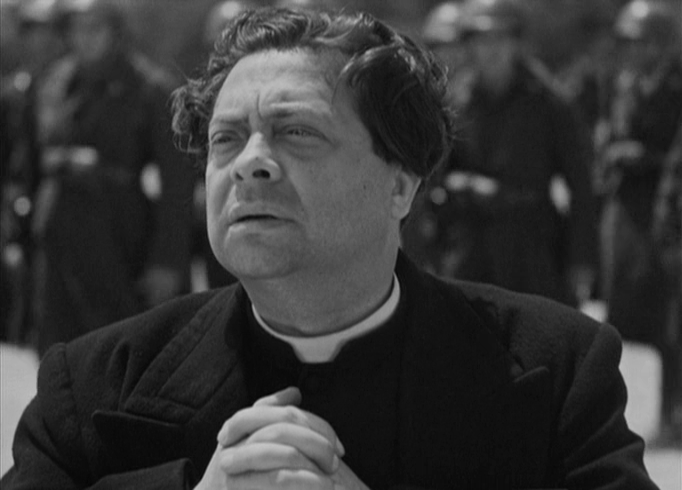
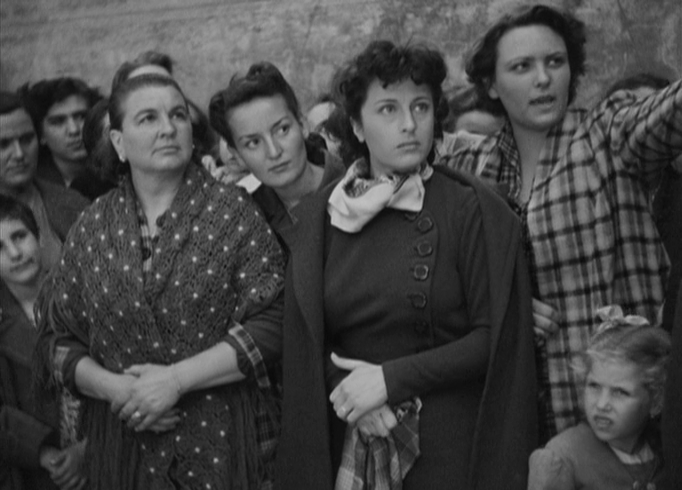


One thought on “Open City / Rome, Open City (1945)”
First viewing. Must-see.
I had to look back (in this site) on my thoughts on some other Rossellini films. In my response to ‘The Taking of Power by Louis XIV’, I said this:
“…If I were going to recommend a Rossellini film that could serve as a satisfying-enough introduction to the director’s work, it would probably be this one.”
I may have to take that comment back (while reminding myself that I haven’t seen ‘Paisan’) because it may very well apply to ‘Open City’ instead.
I’ve said elsewhere that I don’t seem to be a big fan of Rossellini’s films overall. But, in the case of ‘OC’, I was very impressed by the script – which seems mainly credited to Sergio Amidei (collaborating with Rossellini and Fellini) – and Rossellini’s ability seems to rise when he has a better script. (Of course, to be more accurate, I would have to do a full focus on most of the director’s work and I’m not able to do that.)
To me, the film builds to (and fully delivers in) a final 20 minutes or so which are brutal and extremely powerful.
Magnani is, of course, notable here but I was very moved by Fabrizi’s performance.
‘OC’ is, I think, a film that would benefit from a second viewing – and it’s likely I’ll do that at some point. One viewing doesn’t seem sufficient.